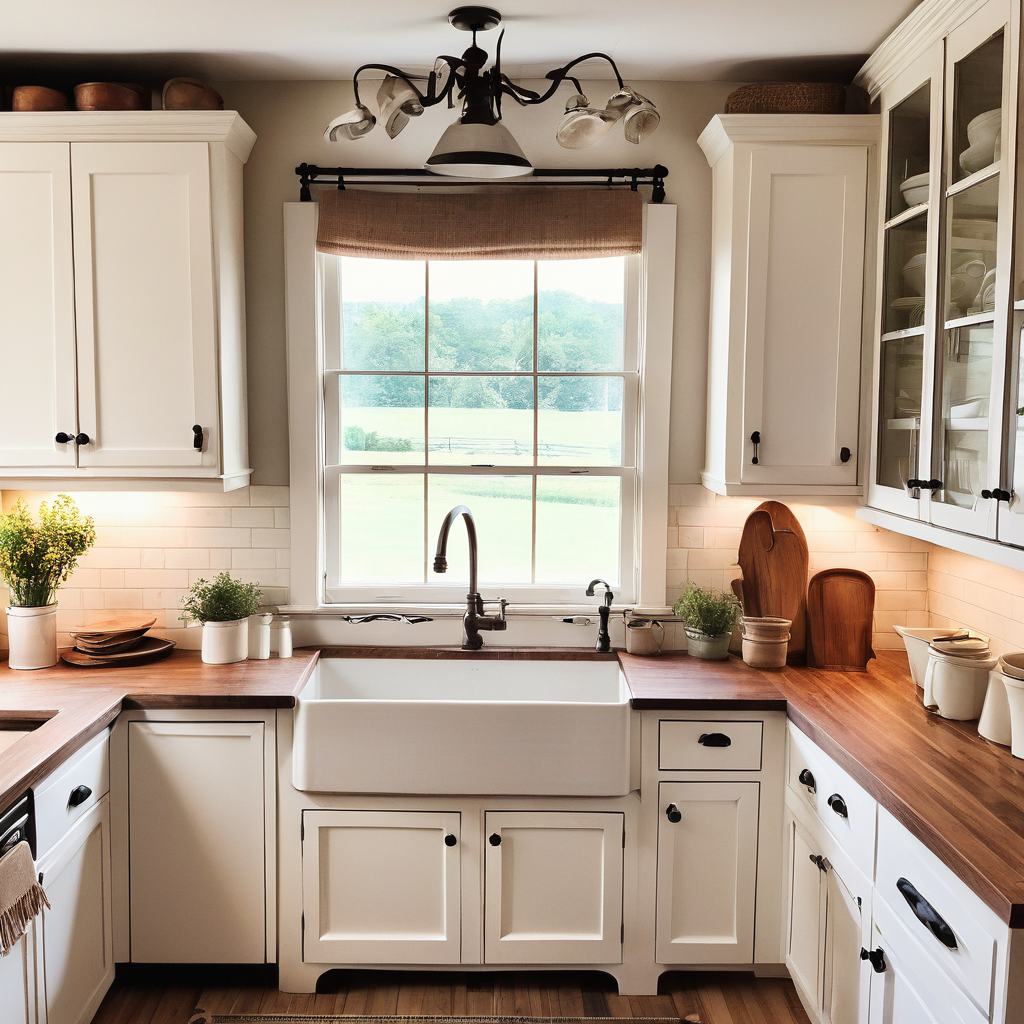
The kitchen sink is a central fixture in any culinary space, serving as a hub for meal preparation, dishwashing, and general cleaning tasks. With a wide array of materials, styles, and configurations available, choosing the right kitchen sink can enhance both the functionality and aesthetics of your kitchen. From classic stainless steel sinks to elegant farmhouse sinks and innovative composite options, each type of sink offers unique features and benefits to suit your cooking and cleaning needs. In this article, we will delve into the different types of kitchen sinks, their characteristics, advantages, and considerations to help you select the perfect sink for your culinary haven.
1. Stainless Steel Sinks:
Stainless steel sinks are a popular choice for kitchens due to their durability, versatility, and timeless appeal. These sinks are resistant to stains, heat, and corrosion, making them easy to clean and maintain. Stainless steel sinks come in various configurations, including single bowl, double bowl, and triple bowl options, offering flexibility for different kitchen layouts and preferences.
Advantages:
- Durable and long-lasting.
- Resistant to stains and heat.
- Easy to clean and maintain.
- Versatile design options.
Considerations:
- Can be prone to scratches and water spots.
- May produce more noise during use.
2. Farmhouse Sinks:
Farmhouse sinks, also known as apron-front sinks, feature a large, exposed front panel that extends past the edge of the countertop. These sinks evoke a rustic, country-inspired aesthetic and offer deep basin space for washing large pots and pans. Farmhouse sinks are available in materials such as fireclay, cast iron, and stainless steel, adding a touch of charm and character to the kitchen.
Advantages:
- Spacious and deep basin for large items.
- Stylish and decorative design.
- Ideal for traditional and farmhouse-style kitchens.
Considerations:
- Requires special cabinet modifications for installation.
- May be heavier and more expensive than other sink types.
3. Composite Sinks:
Composite sinks are crafted from a blend of materials such as quartz, granite, or acrylic resin, offering a durable and non-porous surface that resists scratches, stains, and heat. These sinks come in a variety of colors and finishes, providing a modern and sleek look for contemporary kitchens. Composite sinks are available in different configurations, including single bowl, double bowl, and undermount styles.
Advantages:
- Scratch-resistant and heat-resistant.
- Non-porous surface for easy cleaning.
- Available in a range of colors and finishes.
- Modern and stylish design.
Considerations:
- May require special care to maintain appearance.
- Can be more expensive than stainless steel sinks.
4. Undermount Sinks:
Undermount sinks are installed beneath the countertop, creating a seamless and streamlined look that allows for easy countertop cleanup. These sinks are available in various materials, including stainless steel, composite, and porcelain, and offer a clean and contemporary aesthetic for modern kitchens. Undermount sinks are popular for their space-saving design and compatibility with solid surface countertops.
Advantages:
- Easy countertop cleanup with no lip or edge.
- Sleek and modern appearance.
- Maximizes counter space.
- Ideal for solid surface countertops.
Considerations:
- Installation may require professional assistance.
- Water may drip onto cabinets if not properly sealed.
5. Double Bowl Sinks:
Double bowl sinks feature two separate basins of equal size, allowing for multitasking and efficient use of space. These sinks are ideal for separating tasks such as washing dishes, rinsing produce, and soaking utensils simultaneously. Double bowl sinks come in various materials and configurations, offering versatility and convenience for busy kitchens.
Advantages:
- Separates tasks for efficient workflow.
- Provides flexibility for different uses.
- Available in a range of materials and styles.
- Accommodates larger items in one basin.
Considerations:
- May limit space for larger items in each basin.
- Requires proper planning for faucet and accessory placement.
In conclusion, the kitchen sink plays a vital role in the functionality and design of your culinary space, serving as a practical and aesthetic focal point for daily activities. By exploring the diverse range of kitchen sink options, including stainless steel sinks, farmhouse sinks, composite sinks, undermount sinks, and double bowl sinks, you can select a sink that aligns with your cooking habits, design preferences, and maintenance requirements. Whether you prefer the durability of stainless steel, the charm of a farmhouse sink, the modern appeal of a composite sink, the seamless look of an undermount sink, or the multitasking capabilities of a double bowl sink, choosing the right kitchen sink can elevate the efficiency, style, and overall enjoyment of your kitchen environment.
Cedar Hill St. Louis Jefferson County Olivette Kirkwood Ballwin Arnold Franklin County St Charles County Fenton High Ridge Dittmer Creve Coeur
